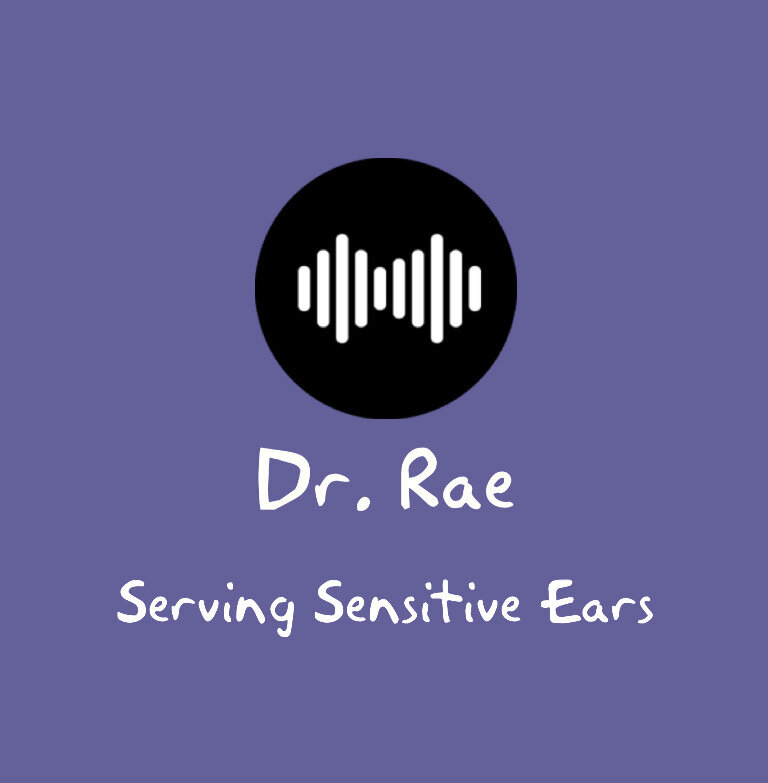Typical benefits reported for approximately 80% or more of trial participants have included, but are not limited to:
Improved access to speech sounds, comprehension, phonology, and articulation
Faster auditory processing and less delays in response time
Phonological awareness, reading, and writing
Gains in working memory, long-term memory, as well as the ability to follow multi-step directions
Increased tolerance of loud sounds
Better ability to use spatial listening in determining the source of sounds
Reduced fatigue, anxiety, and irritability caused by listening effort.
What do we learn from "diagnostic" low-gain hearing aid trials?
Diagnostic trials using low-gain programmed hearing aids provide insightful observations into an individual's auditory functioning by simulating conditions that allow the brain to adjust to enhanced auditory input. Over an extended period, individuals learn to utilize the extra sound information provided by the hearing aids and, importantly, to disregard noises that are irrelevant to their focus. This process can be likened to the experience of driving a convertible on a very sunny day through a winding country road, where the intermittent flashes of sunlight through the trees can be overwhelming and distracting, much like trying to hear in a noisy environment.
Using hearing aids to manage this sensory overload is akin to wearing polarized sunglasses to mitigate the glare of sunlight. While sunglasses reduce the intensity of the light, allowing you to focus on driving rather than the discomfort of the glare, hearing aids go a step further. They employ advanced algorithms and directional microphones to filter out background noise and enhance speech sounds, making it easier for individuals with auditory processing disorders or hearing loss to understand speech in noisy situations.
As the brain adjusts to clearer sound inputs, individuals often experience noticeable improvements in spatial awareness, voice recognition, accent differentiation, and grammatical understanding, which facilitates easier prediction and comprehension of speech. This clarity can lead to behavioral changes, including reduced anxiety and less fatigue, as well as improvements in speech production due to better self-monitoring.
The impact of these changes is often visible within a six-week trial period, with observable benefits in hearing, speech, and behavior that are recognized not only by the individuals themselves but also by speech therapists, teachers, and family members. Additionally, hearing aids equipped with DataLogging features provide valuable data on usage patterns, environmental noise levels, and adjustments made by the user, offering insights into the individual's daily auditory experiences.
This comprehensive feedback from diagnostic trials, combined with self-reports and professional observations, allows audiologists and other specialists to make informed recommendations about the effectiveness and potential benefits of low-gain hearing aids for each individual. By integrating this information into an auditory processing test battery, the quality of diagnostic findings can be significantly enhanced, leading to more tailored and effective intervention strategies.
